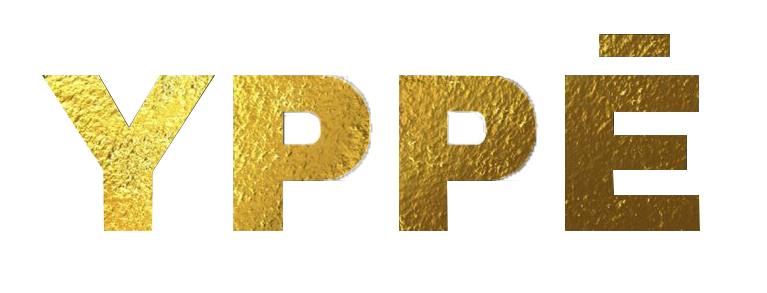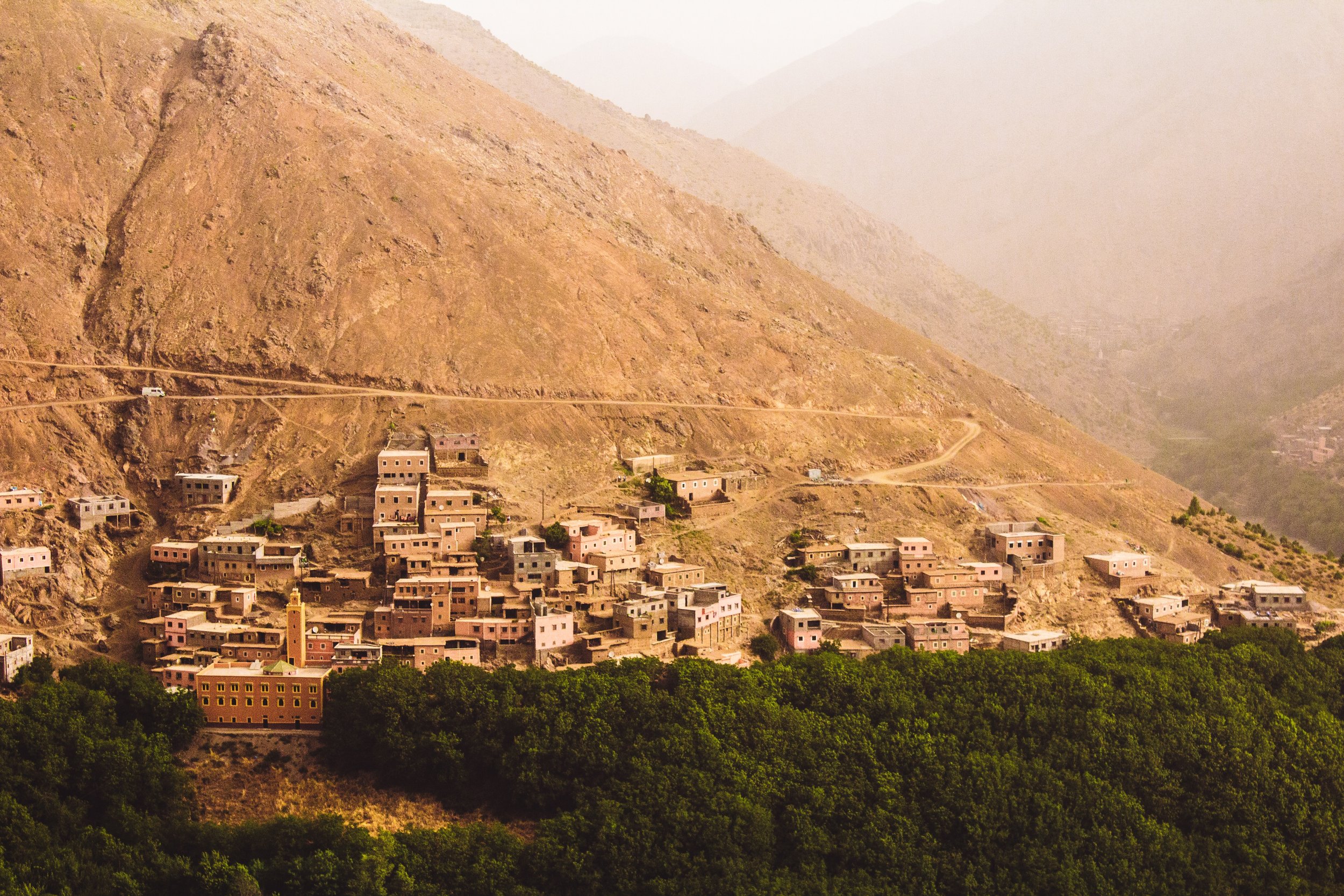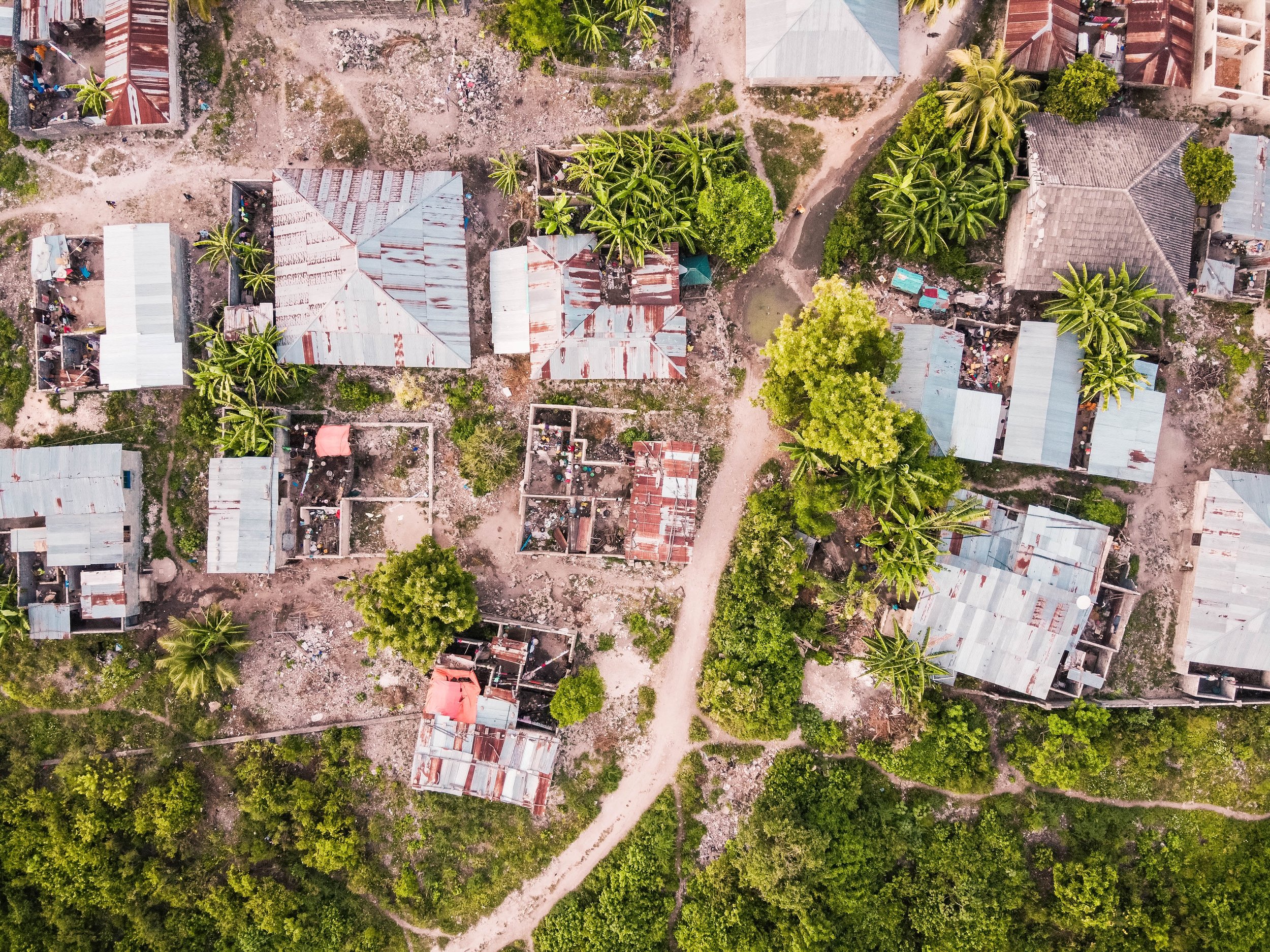What has not been noticed before; On the African village and the secrets of modernity. Part II
by Minna Salami
Eyoel Kahssay A women with Ethiopian traditional cloth celebrating Ashenda (2020)
In my latest book Sensuous Knowledge: A Black Feminist Approach for Everyone, I used the phrase “writer’s grievance” to describe how narrating the continent via the Western gaze distorts the experience of writing and thinking about Africa.
When a writer from a marginalised community attempts to write from a normative space but finds that they must first reckon with empirical reality, they face writer’s grievance. When it comes to writing about the African village, I immediately encounter writer’s grievance. Before I can explore the qualitative features of the African village, I need to wrestle with its empirical conditions. “Colonial subjecthood”, defined by thinkers like Frantz Fanon, Gayatri Spivak, and Edward Said as “a state of lost subjectivity”, immediately occupies and shapes my sphere of thought.
Yet it is precisely to reclaim subjectivity, or to suspend the Eurocentric gaze through which narratives of Africa are rendered, at least temporarily, that I am indeed writing about the African village as a metaphysical- rather than a as a political phenomenon. Therefore, throughout this essay, I write “the African Village” rather than “African villages”. In other words, I’m using the phrase “African Village” as a concept rather than to denote so-and-so village in the African continent.
“I’m using the phrase “African Village” as a concept rather than to denote so-and-so village in the African continent. ”
To be clear, my aim in thinking about the African village as a metaphysical concept is not to turn it into a metaphor, which would make it entirely poetic and symbolical, and remove it from actual villages in the African continent. Further, I use the word metaphysical mindfully, knowing how easily it can be taken to be elitist or to pretentiously dwell with abstractions. Writing about the African village metaphysically does run the risk of not addressing “real world problems”, especially when the author herself has never lived in an African village. But it’s a risk worth taking to avoid the trap of centring Eurocentric narratives in African stories.
Thinking about the African village conceptually and metaphysically, enables me to bypass development-speak namely. The development narrative—tied to disadvantageous socioeconomic factors—is a debris of colonialism. To occupy African kingdoms, colonisers exploited the continent village by village. They made African villages places of horrific inhumaneness. Magomero, for example, a village in Malawi, was taken over by the son-in-law of David Livingstone, Alexander Livingstone Bruce, who imposed a system known as thangata, which demanded produce as rent for land, and essentially forced serfdom on tens of thousands of people.
Antoine Plüss people walking beside stores (2018).
PLACE AND STORY
Livingstone Bruce was able to effectuate this brutal system with a corresponding story about the backwardness of the African village.
Magomero was hardly an isolated case. Colonisers around the continent justified their actions by constructing narratives about backwardness and dire survival in Africa. These opinions are now sanitised but reproduced by developmental institutions. Insofar that the African village already is a concept, it is a pathological one. The pathological narrative is so dominant that anything else that is true about the African village, its beauty, stillness, and tropical minimalism, remains unnoticed.
If, for example, I was to view Agbara’s painting through a conventional developmental lens, it may call my attention to the oppression of women, or the entanglement of poverty and globalisation. By large, my language would in some way connote deprivation in the depicted landscape.
Thales Botelho de Sousa Nubian village, Aswan, Egypt (2022)
African intellectuals and activists also get caught in the web of voyeuristic and condescending developmental narratives because we care about the struggles that such narratives involve. But to think about what the African village has to say about our modern world, and Africa’s predicament within it, we need new conceptualisations for generating ideas, making meaning, and for intellectual reasoning. To avoid the risk of replicating a colonial system of indirect rule in our thought patterns, we need different prisms through which to understand and transform our realities.
“African intellectuals and activists also get caught in the web of voyeuristic and condescending developmental narratives because we care about the struggles that such narratives involve.”
LANGUAGE, CAPITAL AND ART
In his grim but pedagogical song, “It’s On”, the rapper DMX says, “Never forget where you’re from; someone will remind you". In this same spirit, people from African cities can typically tell you which village they are from. Even if they have never been there, Africans typically feel a kinship with the town of their ancestors. African descendants who due to the transatlantic slave trade don’t know the town of their ancestors, also often find their hearts intuitively drawn to one.
Annie Spratt Mother and baby cassava farming (2017)
DMX’s song speaks not only to parallels between the African village and “the hood”, but to how hip-hop reclaimed and complicated the hood as a space of not only poverty and crime, but also the origin of black resistance and imagination. The African village has a similar symbolism. Returning to the story of Magomero, for example, the people eventually retaliated. Led by pastor John Chilembwe, the villagers killed Bruce Livingstone and other colonisers in an uprising which enabled them to reclaim land ownership and to restore a sense of self . The aim in this essay is similarly to reclaim the African Village in a way that decentres the pathological narrative of Africa, and to disrupt and shift our ontological landscapes. In spite of the harmful and essentialist stories, the African village can function as a spatial location for regenerative imagination and critical discussion about black realities at large.
In the global order of mechanic consumerism and surveillance capitalism which governs modern life and destroys our planet, we are bombarded with information that makes us feel disoriented and detached from what is timeless and immemorial. The African village offers a different vision for modernity in which there is the opportunity to discover what has not been noticed before.
Before I think through these matters, a disclaimer: I offer these thoughts as an outsider. As an ex-Lagosian, I was hardly the inhabitant of a village. What is available to me about African villages is made up only of short visits to villages in the continent and of both non-fictitious and fictitious accounts from books and folktales.
And art. For if all this indeed sounds abstract, then let us return to the art world, where a non-developmental and sociopolitical conceptualisation of the African village, although not necessarily articulated as such, is in frequent practice. It is in art that we discover what the African village tells us about modernity. Artists, musicians, and novelists have given voice to the unspoken in ways that analysts, with their statistics and measurements, can’t do. As the great African American poet, Amiri Baraka, said, “There are people who actually believe that politicians are more powerful than artists. What a bizarre lie.”
Louis Hansel Photo of brown houses surrounded by green trees, (2018)
“ It is in art that we discover what the African village tells us about modernity. ”
The point is, however, not to romanticise the African village as an antithesis to colonial thinking. Glorious Wakanda-like images of the African village ultimately are also a result of the latent fear and simultaneous hope in the psyche of imperialist powers, that African modernisation will simply mean westernising Africa incrementally rather than disrupting the foundations of modernity.
As the South African writer Bessie Head, who moved to a Botswanan village after her exile from South Africa, said, “I think that many writers, in reaction against the humiliation of the colonial era, would like to build up an image of Africa, other than the humble humility of the sparsely furnished hut.”
The truth is that even conceptually, like all other human settlements, the African village is imperfect. It is traditionalist, hierarchical, patriarchal, superstitious, and conformist. Yet, in looking at paintings of the African village such as those tender and idyllic works by the late South African artist, Gladys Mgudlandlu, there is a quality that indeed is complex and timeless. Looking into her deep landscapes, she conveys a settlement that is simultaneously ephemeral and everlasting, a place where one might encounter an immemorial but untold story about the human soul.
Prince Akachi A rich cultured search for truths and tribal scar. Focused on a time loop in the 80’s era (2018)
In her book A Woman Alone, Bessie Head wrote about her exile: “Somehow, by chance, I fled to this little village and stopped awhile. I have lived my whole life in shattered little bits,” she said. “Somehow, here, the shattered little bits began to come together. There is a sense of wovenness; of wholeness in life here.” Modernity, as we have constructed it, leaves us in states of alienation and overwhelm, or, as Head might put it, “in shattered little bits”.
In the circus of modernity as we know it, there is no escaping the noise of excessive information, surveillance, competition, surplus. Slowness is difficult to attain. But slowness in the African village can be rapturous “like a broad, deep unruffled river whereno new idea stands sharply aloof from the social body, declaiming its superiority”. As Head continues to say, the African village is, “A world that moves so slowly that it seems to be asleep within itself.”
In her essay Contemporarity: Sufficiency in a Radical African Feminist Life the brilliant thinker, Patricia McFadden, —who similarly to Bessie Head now lives in exile from South Africa in an Eswatini village—argues that “the contemporary” is a source of reimagination for a respectful interaction with nature, and resistance to patriarchal neoliberal capitalism and nationalism. She reimagines “the contemporary” as the temporality where we critically restructure our thought patterns and environments. McFadden suggests a “process of retrieval” in which we initiate new, contemporary ways of resistance.
What then does the African Village tell us about modernity?
Ben Koorengevel aerial view from Tanzania (2020)
By complicating the depictions of the African village, my aim has been to show that the big challenge is to bring new ideas, prisms, and shifts in consciousness, and to begin crafting, articulating, and living an alternative future. The African village is both a physical location which lies at the intersection of agricultural livelihood and neo-colonial exploitation, nature, and modernisation, etc., and a site where language and perspective can be investigated and re-envisioned.
The African village is not unmodern, rather; it reminds us that modernity is a temporal space, and that this temporal space requires stillness. I do not mean “still” in the escapist way of a holiday or retreat, but stillness as an attitude, as a birth right. In Africa, the Colombian novelist, Gabriel García Márquez, wrote, “There were men so intelligent and peaceful that their only pastime was to sit and think.” Like the cosmopolitan city represents pluralism and opportunity; the African village represents a time to sit and think. That opportunity for “re-languaging” is its secret about modernity.
Minna Salami
is a Nigerian, Finnish, and Swedish feminist author and social critic currently at The New Institute. Her research focuses on Black feminist theory, contemporary African thought, and the politics of knowledge production.









